VIRTUAL PROGRAM — streaming live for online registrants
This program is FREE to attend. Registration is required.
Part of the 2024 Tell It Slant Poetry Festival!
Join us for the 12th annual Tell it Slant Poetry Festival, a week of events happening both online and in-person at the Museum! Register here to access the Festival schedule:
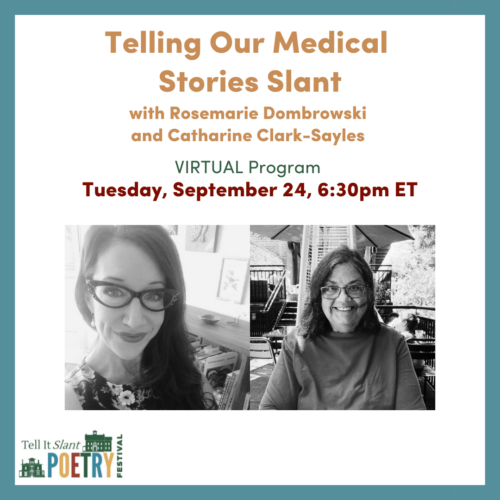 SOLD OUT! — This program has reached maximum registrant capacity. We hope you’ll register for other Festival programs!
SOLD OUT! — This program has reached maximum registrant capacity. We hope you’ll register for other Festival programs!
In this workshop, participants will learn how to translate their personal stories of illness and disability into poetry, something Dickinson herself practiced, and something that’s employed by practitioners of Narrative/Poetic Medicine.
The workshop, led by poets whose work centers around medicine and disability (from the perspectives of physician, caregiver, and as patients themselves) will be both reflective and generative and will include the reading and discussion of a medical poem by Dickinson as well as a poem by a contemporary “medical poet.” The workshop will culminate with a generative exercise involving the translation of participants’ medical histories into poetic form.
About the Poets
Catharine Clark-Sayles is a physician who recently retired after forty years in practice. She completed her MFA in poetry and narrative medicine at Dominican University of California in 2019. Her first two books of poetry, One Breath and Lifeboat, were published by Tebot Bach Press. A chapbook, Brats, was published by Finishing Line Press. Her fourth book, The Telling, The Listening, was published by Saint Julian Press in October 2023.
clarksayles.com
Rosemarie Dombrowski is the inaugural Poet Laureate of Phoenix, AZ, the founding editor of rinky dink press, and the founding director of Revisionary Arts, a nonprofit that facilitates self-care and healing through poetry. She’s published three collections of poetry and was the winner of the 2017 Split Rock Review chapboo competition. Her work has appeared in Poetry Daily, poets.org, on local NPR affiliates, national NPR podcasts, the TEDx stage, and elsewhere. She teaches at ASU.
rdpoet.com
Support The Tell It Slant Poetry Festival and Honor Someone Special:
Admission to all Festival events is free, but online donations, especially those made in honor or memory of family, friends, or colleagues are heartily encouraged and vital to the future of this beloved annual event. All gifts are tax deductible and will be recognized as part of the Festival.
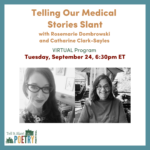
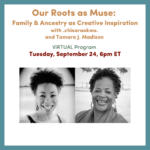
 Facilitators will lead participants in a series of generative writing exercises using personal family and ancestral history as creative inspiration and content. The workshop will allow time for writing and limited time for sharing excerpts in breakout rooms. Participants will leave the workshop with at least two writing sketches and other writing resources to continue developing their ideas and creatively archiving their own family histories.
Facilitators will lead participants in a series of generative writing exercises using personal family and ancestral history as creative inspiration and content. The workshop will allow time for writing and limited time for sharing excerpts in breakout rooms. Participants will leave the workshop with at least two writing sketches and other writing resources to continue developing their ideas and creatively archiving their own family histories.
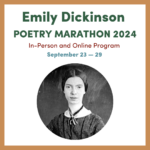
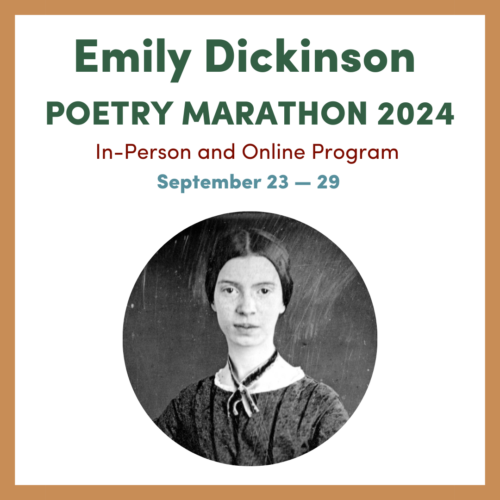
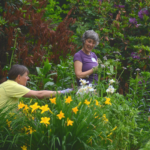
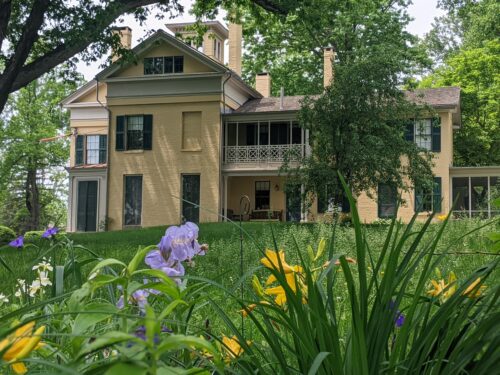
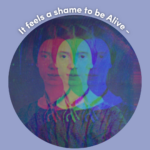
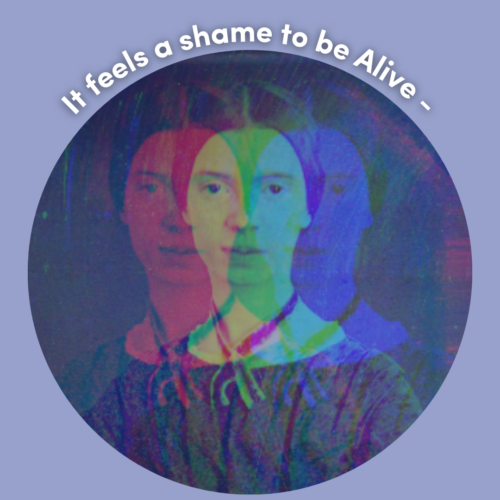 For any questions, please e-mail
For any questions, please e-mail 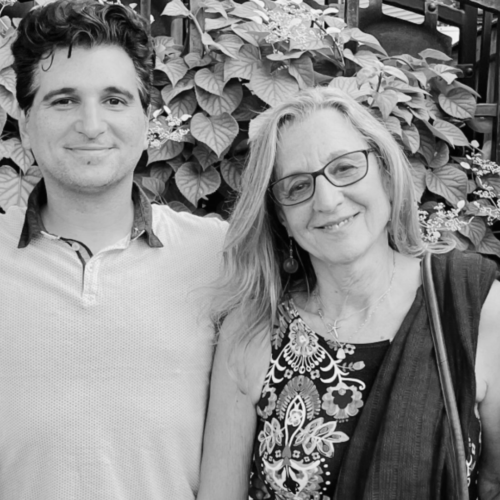 Born in Southern California, Al Salehi is a multilingual American poet and entrepreneur of Persian descent who lives in Orange County with a background in technology. Al graduated from UCLA and went on to study at the Harvard Graduate School of Education. Al is a graduate from Dartmouth College’s Guarini Graduate School where he studied Creative Writing, and currently serves on the Alumni Council. He also completed a creative writing program at the University of Oxford, Exeter College. Al’s short film Love, Basketball won second place in the My Hero International Film Festival, 2021, under the “Poetry” category. He has published and/or presented poetry in the Society of Classical Poets, The Dartmouth Writers Society, The United Nations Association, Southwest Airlines, O.C. Registrar, Dartmouth Leslie Center Lifeline’s Poetry Share, Houston Library Poetry Share, Clamantis Journal, and the Dartmouth Medical School Lifeline’s Journal. Al’s collection, Enter Atlas, was a Semi-Finalist for the University of Wisconsin’s Brittingham & Felix Pollak Prizes in Poetry, judged by Natasha Trethewey.
Born in Southern California, Al Salehi is a multilingual American poet and entrepreneur of Persian descent who lives in Orange County with a background in technology. Al graduated from UCLA and went on to study at the Harvard Graduate School of Education. Al is a graduate from Dartmouth College’s Guarini Graduate School where he studied Creative Writing, and currently serves on the Alumni Council. He also completed a creative writing program at the University of Oxford, Exeter College. Al’s short film Love, Basketball won second place in the My Hero International Film Festival, 2021, under the “Poetry” category. He has published and/or presented poetry in the Society of Classical Poets, The Dartmouth Writers Society, The United Nations Association, Southwest Airlines, O.C. Registrar, Dartmouth Leslie Center Lifeline’s Poetry Share, Houston Library Poetry Share, Clamantis Journal, and the Dartmouth Medical School Lifeline’s Journal. Al’s collection, Enter Atlas, was a Semi-Finalist for the University of Wisconsin’s Brittingham & Felix Pollak Prizes in Poetry, judged by Natasha Trethewey.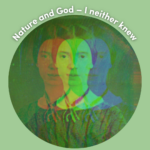
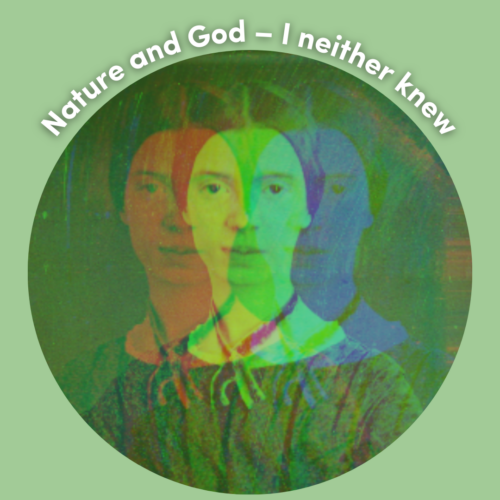 For any questions, please e-mail
For any questions, please e-mail 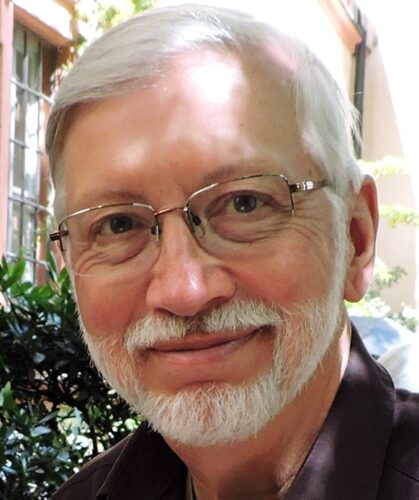
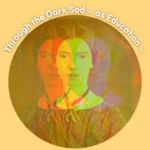
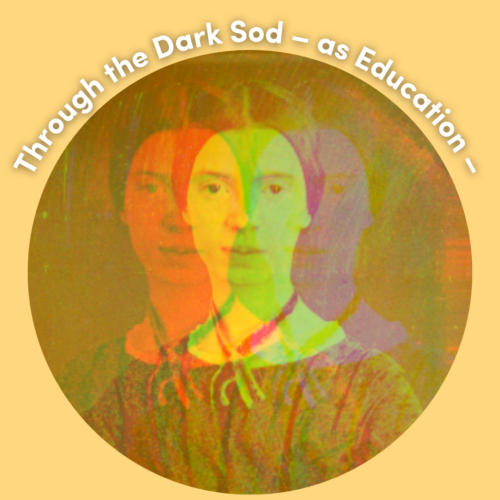 For any questions, please e-mail
For any questions, please e-mail 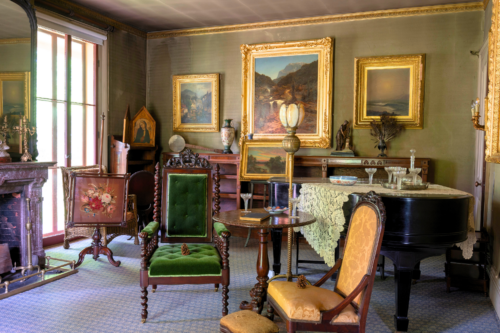 The Emily Dickinson Museum (EDM) received a Sustaining Cultural Heritage Collections grant from the National Endowment for the Humanities to enhance environmental conditions renowned poet and her family. The largest and most varied collection of non-manuscript objects associated historically with the poet and her family had been stored since 1916 in The Evergreens, an Italianate two-story wood-frame house built by the Dickinson family in 1856.
The Emily Dickinson Museum (EDM) received a Sustaining Cultural Heritage Collections grant from the National Endowment for the Humanities to enhance environmental conditions renowned poet and her family. The largest and most varied collection of non-manuscript objects associated historically with the poet and her family had been stored since 1916 in The Evergreens, an Italianate two-story wood-frame house built by the Dickinson family in 1856.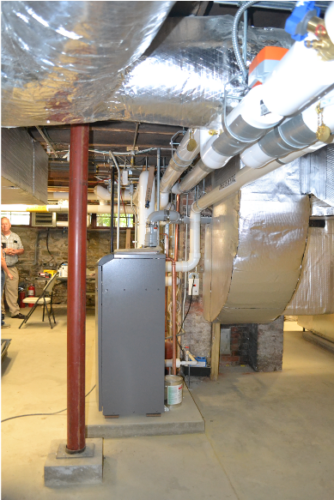
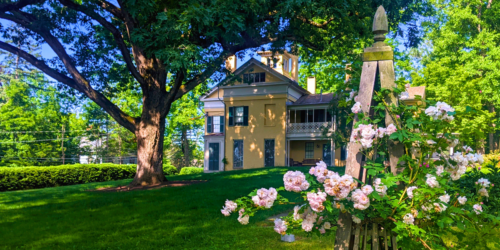
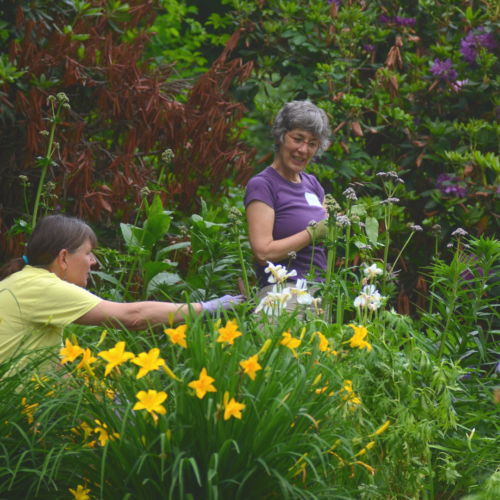 Marta McDowell teaches landscape history and horticulture at the New York Botanical Garden and is a popular lecturer and writer. Her latest book is Gardening Can Be Murder, about the horticultural connections to crime fiction. Timber Press also published Unearthing The Secret Garden, Emily Dickinson’s Gardening Life, The World of Laura Ingalls Wilder, New York Times-bestselling All the Presidents’ Gardens, and Beatrix Potter’s Gardening Life, now in its ninth printing. She was the 2019 recipient of the Garden Club of America’s Sarah Chapman Francis Medal for outstanding literary achievement.
Marta McDowell teaches landscape history and horticulture at the New York Botanical Garden and is a popular lecturer and writer. Her latest book is Gardening Can Be Murder, about the horticultural connections to crime fiction. Timber Press also published Unearthing The Secret Garden, Emily Dickinson’s Gardening Life, The World of Laura Ingalls Wilder, New York Times-bestselling All the Presidents’ Gardens, and Beatrix Potter’s Gardening Life, now in its ninth printing. She was the 2019 recipient of the Garden Club of America’s Sarah Chapman Francis Medal for outstanding literary achievement.